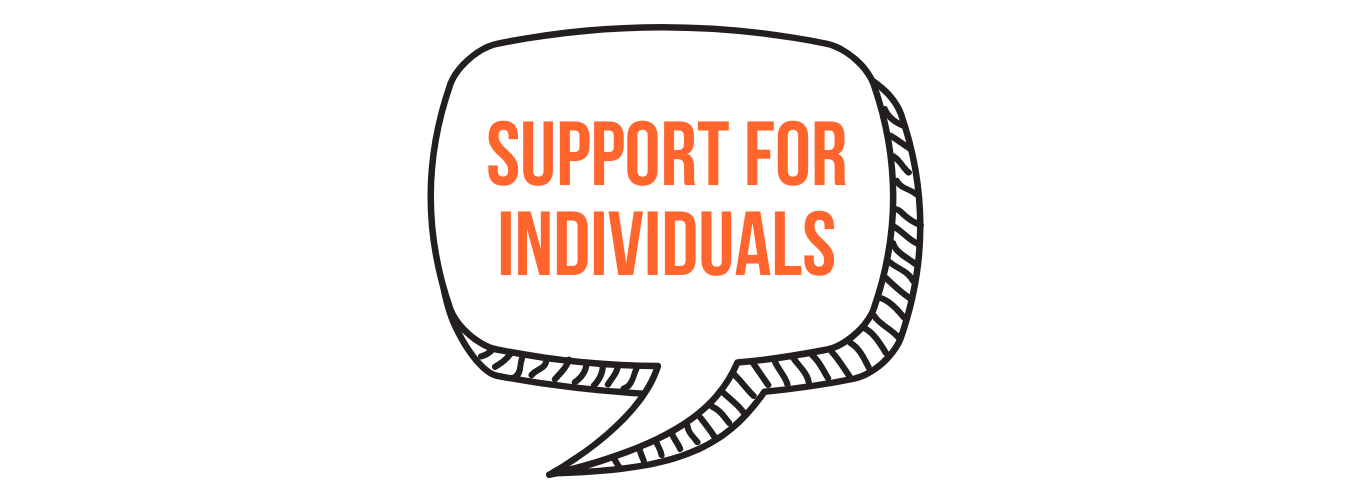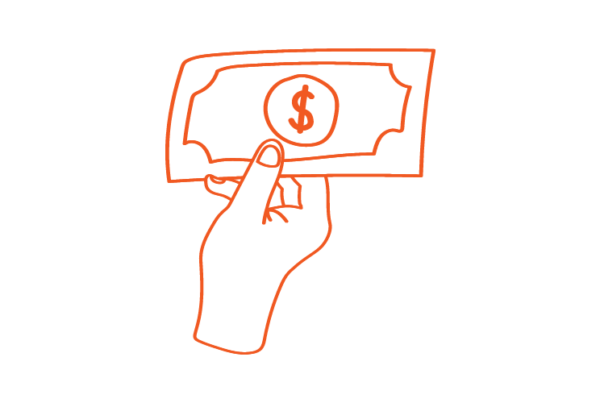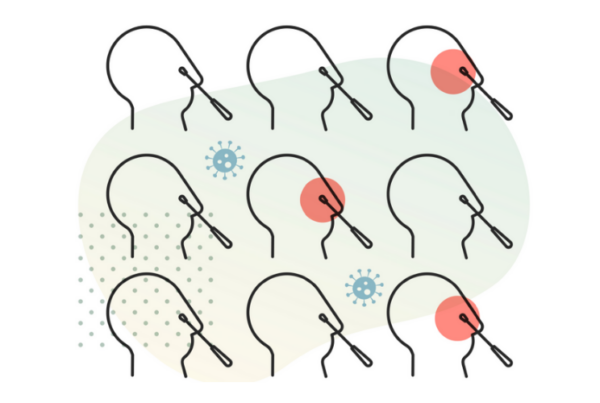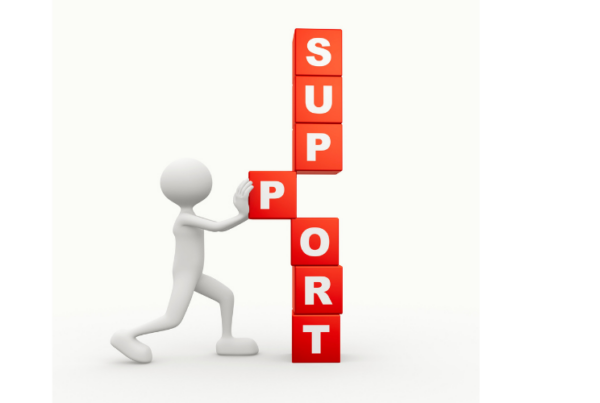
If you can’t work because you or someone in your household is impacted by COVID-19, support is available.
There are two payments accessible to individuals: the COVID-19 Disaster Payment and the Pandemic Leave Disaster Payment.
How to apply for support
You can apply for the COVID-19 Disaster Payment through your MyGov account if you have created and linked a Centrelink account. Apply for the Pandemic Leave Payment by phoning Services Australia on 180 22 66.
COVID-19 Disaster Payments
The COVID-19 Disaster Payment is a weekly payment available to eligible workers who can’t attend work or who have lost income because of a lockdown and don’t have access to certain paid leave entitlements. If you are a couple, both people can separately claim the payment.
Sole traders may apply for COVID-19 Disaster Payment if you are unable to operate your business from home. However, you will not be eligible if you are also receiving a state business grant such as the NSW 2021 COVID-19 Business Grant.
Timing of the payment
The disaster payment is generally accessible if the hotspot triggering the lockdown lasts more than 7 days as declared by the Chief Medical Officer (you can find the listing here).
However, the disaster payment will also be available:
- In NSW from 18 July 2021, to anyone who meets the eligibility criteria. The requirement to be in a Commonwealth declared hotspot has been removed and the payment will apply to anyone in NSW impacted by the lockdowns who meets the other eligibility criteria.
- In Victoria from 15 July 2021, to anyone who meets the eligibility criteria. The requirement to be in a Commonwealth declared hotspot has been removed and the payment will apply to anyone in Victoria impacted by the lockdowns who meets the other eligibility criteria. And, the 7 day requirement has been removed so that the payment will be made for the period from 15 July 2021 (paid in arrears from 23 July 2021).
| Area | Date of declaration | Disaster payment accessible from |
| City of Sydney, Waverley, Woollahra, Bayside, Canada Bay, Inner West and Randwick | 23 June 2021 | 1 July 2021 |
| Greater Sydney including the Blue Mountains, Central Coast and Wollongong | 26 June 2021 | 4 July 2021 |
| All of New South Wales | 18 July 2021 | |
| All of Victoria | 15 July 2021 | 23 July 2021* |
How much is the payment?
The COVID-19 disaster payment amount available depends on:
- How many hours of work you have lost in the week, and
- If the payment is on or after the third period of the lockdown.
| Hours of work lost | ||
| Disaster payment amount | Between 8 and 20 | 20 or more |
| Weeks 2 and 3 of a lockdown* | $325 | $500 |
| From week 4 of a lockdown onwards | $375 | $600 |
The payment applies to each week of lockdown you are eligible and is taxable (you will need to declare it in your income tax return).
Eligibility
The COVID-19 disaster payment is emergency relief. It is available if you:
- Live or work in an area that is subject to a state or territory public health order that imposes restriction on movement and is declared a Commonwealth COVID-19 hotspot, or
- Have visited an area that is a Commonwealth COVID-19 hotspot and you are subsequently subject to a restricted movement order when you return to other parts of New South Wales or interstate.
And you:
- Are an Australian citizen, permanent resident or temporary visa holder who has the right to work in Australia, and
- Are aged 17 years or over, and
- Have lost 8 hours or more of work or a full day of your usual work as a result of the restrictions – losing work includes being stood down by your employer, not being assigned any shifts for the week of restrictions and being unable to work from home. Losing a full day of what you were scheduled to work but could not work because of a restricted movement order. This includes not being able to attend a full-time, part-time or casual shift of less than 8 hours, and
- Don’t have paid leave available through your employer (other than annual leave), and
- Are not receiving income support payments, a state or territory pandemic payment, Pandemic Leave Disaster Payment or state small business payment for the same period. Income support payments include Age Pension, Austudy, Carer Payment, Disability Support Pension, Farm Household Allowance, JobSeeker Payment, Parenting Payment, Partner Allowance, Special Benefit, Widow Allowance, Youth Allowance and Income Support Supplement, Service Pension or Veteran Pension from the Department of Veterans’ Affairs.
A liquid assets test of $10,000 previously applied to the disaster payment but was removed from Thursday, 8 July 2021.
Pandemic Leave Disaster Payment
The Pandemic Leave Disaster Payment is for those who have been advised by their relevant health authority to self-isolate or quarantine because they:
- Test positive to COVID-19;
- Have been identified as a close contact of a confirmed COVID-19 case;
- Care for a child, 16 years or under, who has COVID-19; or
- Care for a child, 16 years or under, who has been identified as a close contact of a confirmed COVID-19 case; or
- Care for a person who has tested positive to COVID-19.
How much is the payment?
The payment is $1,500 for each 14 day period you are advised to self-isolate or quarantine. If you are a couple, you both can claim this payment if you meet the eligibility criteria.
Eligibility
The Pandemic Leave Disaster Payment is available if you:
- Are an Australian citizen, permanent resident or temporary visa holder who has the right to work in Australia; and
- Are aged 17 years or over; and
- Are unable to go to work and earn an income; and
- Do not have appropriate leave entitlements, including pandemic sick leave, personal leave or carers leave; and
- Are not getting any income support payment, ABSTUDY Living Allowance, Paid parental leave or Dad and Partner Pay. Income support payments include Age Pension, Austudy, Carer Payment, Disability Support Pension, Farm Household Allowance, JobSeeker Payment, Parenting Payment, Partner Allowance, Special Benefit, Widow Allowance, Youth Allowance and Income Support Supplement, Service Pension or Veteran Pension from the Department of Veterans’ Affairs.
The payment is taxable and you will need to declare it in your income tax return.
If you are uncertain of your eligibility, talk to Services Australia.
If you are concerned about the impact of disaster relief payments on you, talk to us.
NSW Child-care gap fee
From 19 July 2021, the Government is enabling childcare services in NSW Local Government Areas subject to stay at home orders to waive gap-fees for parents keeping their children at home due to current COVID-19 restrictions. The gap fee is the difference between the Child Care Subsidy (CCS) the Government pays to a service and the remaining fee paid by the family.
The child-care gap fee waiver is only applicable where the childcare service opts in.
The current Local Government Areas are: Bayside, Blacktown, Blue Mountains, Burwood, Camden, Campbelltown, Canada Bay, Canterbury-Bankstown, Central Coast, Cumberland, Fairfield, Georges River, Hawkesbury, Hornsby, Hunters Hill, Inner West, Ku-ring-gai, Lane Cove, Liverpool, Mosman, North Sydney, Northern Beaches, Parramatta, Penrith, Randwick, Ryde, Shellharbour, Strathfield, Sutherland Shire, Sydney, The Hills Shire, Waverley, Willoughby, Wollondilly, Wollongong and Woollahra.
NSW Eviction moratorium
The NSW Government will introduce a targeted eviction moratorium to protect residential tenants who have lost 25% of their income due to COVID-19.
60 day freeze on evictions
Tenants who can’t pay their rent in full because they are impacted by the recent COVID-19 outbreak can’t be evicted between now and 11 September 2021.
Financial support for landlords
Residential landlords who decrease rent for impacted tenants can apply for a grant of up to $1,500 or land tax reductions depending on their circumstances. The land tax relief will be equal to the value of rent reductions provided to financially distressed tenants for up to 100% of the 2021 land tax year liability.
The material and contents provided in this publication are informative in nature only. It is not intended to be advice and you should not act specifically on the basis of this information. If expert assistance is required, professional advice should be obtained.



